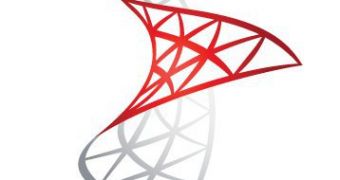Microsoft is gearing up for the release of the final flavor of its SQL Server 2012, after making the RTM flavor available only a few weeks ago. SQL Server 2012 was announced as set to become generally available on April 1, 2012.
On that day, Microsoft will announce the availability of a new Business Intelligence SKU of SQL Server 2012, along with new versions of the existing Datacenter, Workgroup and Standard for Small Business SKUs.
Moreover, the company will kick off the new pricing and licensing changes that it announced for the 2012 release, which also include the new core-based licensing option for the SQL Server 2012 Enterprise and Standard products.
The server-CAL license model will no longer be available for Enterprise, though it will be the only licensing option available for the said Business Intelligence SKU.
It appears that these changes will result in Microsoft’s customers paying more to license SQL Server 2012 under the new model, a recent article on ZDNet reads. Specifically, the change will affect customers with systems that feature more core processors.
“I can potentially see this affecting Microsoft’s ‘important’ customers,” Andrew Willett, a consultant at Eurodata Systems, reportedly said.
“People deploying 2×8 or 10 core processors are going to see licensing costs double, and non-virtualized 4X8 or 10 core processors will triple. I’d expect them to make a lot of noise.”
According to Directions analyst Wes Miller, customers should understand the changes in Microsoft’s offering, especially since SQL Server is the basis for other Microsoft products, including SharePoint, Lync and a series of Dynamics products.
“In a nutshell, if you’ve got more than four physical cores in each processor, you’re going to pay more to deploy 2012 than you would have to deploy SQL Server 2008 R2 on the same system,” Miller said. The final figure might be impacted by the user’s volume-licensing agreement terms.
Basically, SQL Server 2012 Enterprise costs more than the same system running SQL Server 2008 R2 Datacenter on systems that pack eight or more cores.
“With the change to per-core, Microsoft now has a more granular way to ensure that customers who are using SQL Server on higher-end servers are paying so, accordingly,” Miller explained. “In the end, for most customers on new high-end hardware without Software Assurance, it will cost more than it used to.”

 14 DAY TRIAL //
14 DAY TRIAL //